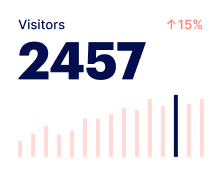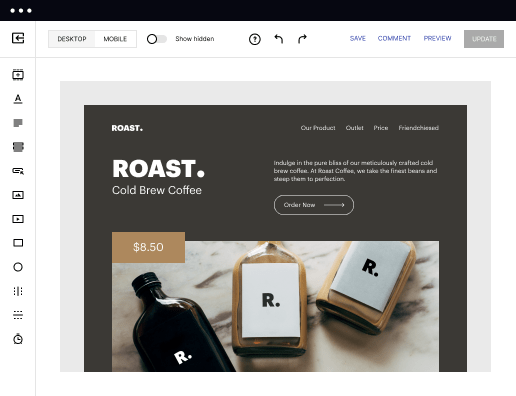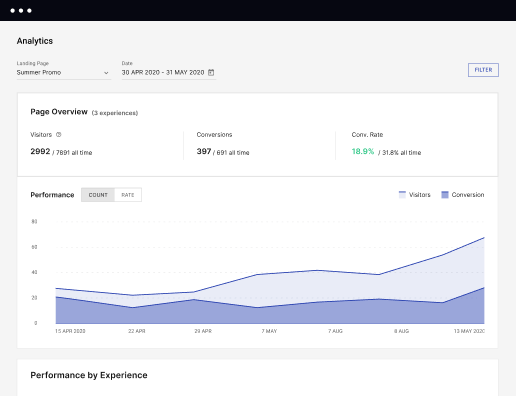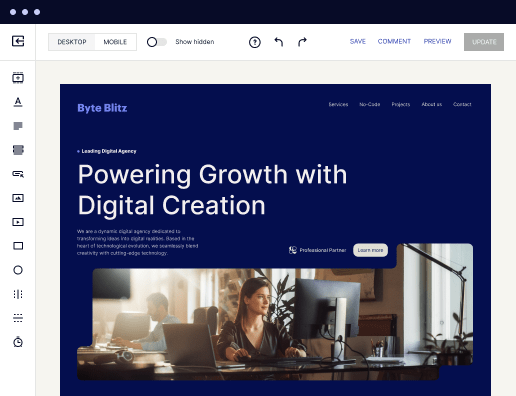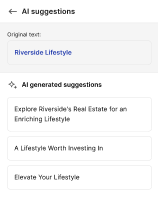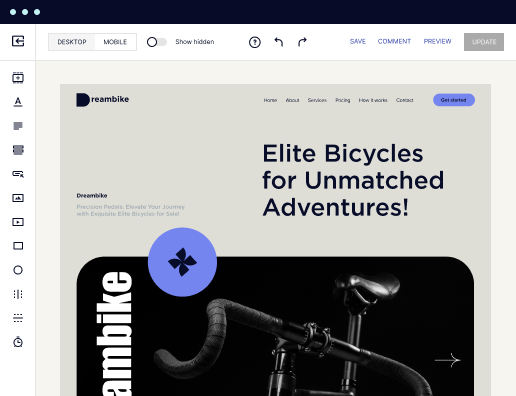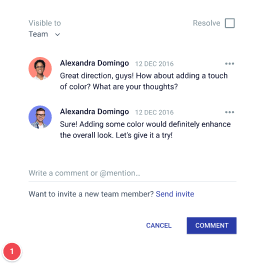Make your terms and conditions page designed for CentOS
Instapage empowers you to reduce costs, increase conversions, and deliver meaningful experiences on CentOS.
Create a Winning Terms and Conditions Page on CentOS with Instapage
Crafting an effective terms and conditions page on CentOS is crucial for establishing clarity and trust with your users. Leveraging Instapage, marketers can build this essential page quickly and efficiently using a variety of customizable templates. Through our user-friendly platform, you can ensure that legal requirements are met while promoting a seamless user experience.
Step 1: Understand the Importance of a Terms and Conditions Page
A well-defined terms and conditions page protects your business and sets clear boundaries for users. This section should cover essential topics such as user rights, restrictions, and liability clauses. Using Instapage, you can easily create a structured layout that conveys these points effectively, enhancing customer trust.
- Legal Protection: Clearly defines user rights and obligations, reducing disputes.
- Transparency: Enhances customer trust by outlining terms of service.
- User Engagement: Encourages informed user interaction with your services.
Step 2: Utilize Instapage’s Templates for Quick Setup
Getting started is simple with Instapage. Access a library of over 100 conversion-focused layouts designed for different industries. Select a template that resonates with your brand's needs, and then adjust elements like text, colors, and images to reflect your identity.
- 100+ Layouts: Choose from a diverse library of customizable templates.
- No Coding Required: Build pages swiftly without technical skills.
- Optimization Features: Utilize built-in tools to enhance page conversions.
Step 3: Optimize Through Dynamic Personalization
Instapage's dynamic text replacement allows you to customize terms and conditions based on user segments. This personalization enhances relevance and ensures that information resonates with different audience types, leading to higher engagement rates.
- Dynamic Text: Tailor content to specific audience segments for relevance.
- A/B Testing: Experiment with variations to see which terms resonate best.
- Heatmaps: Analyze user behavior to refine page elements over time.
Creating a terms and conditions page on CentOS using Instapage not only saves time but also boosts your site's credibility. By following these steps and utilizing our advanced features, you can ensure that your page is effective and compliant.
Ready to create your terms and conditions page? Get started with Instapage today and streamline your content creation process while enhancing customer trust.
Sign up for a free trial of Instapage and explore how our powerful landing page solutions can transform your compliance and marketing strategies.
Get more out of Make your terms and conditions page on CentOS
Improve your Quality Score with quick load technology for landing pages
Increase conversions with content that aligns with your ads and audiences
Achieve maximum ROI by scaling your marketing initiatives
Leading the way in building high-performing landing pages





FAQs
See how to make your terms and conditions page on centos in action
Ready to skyrocket conversions?
Supercharge your ad campaigns with high-performing landing pages.
Get started
